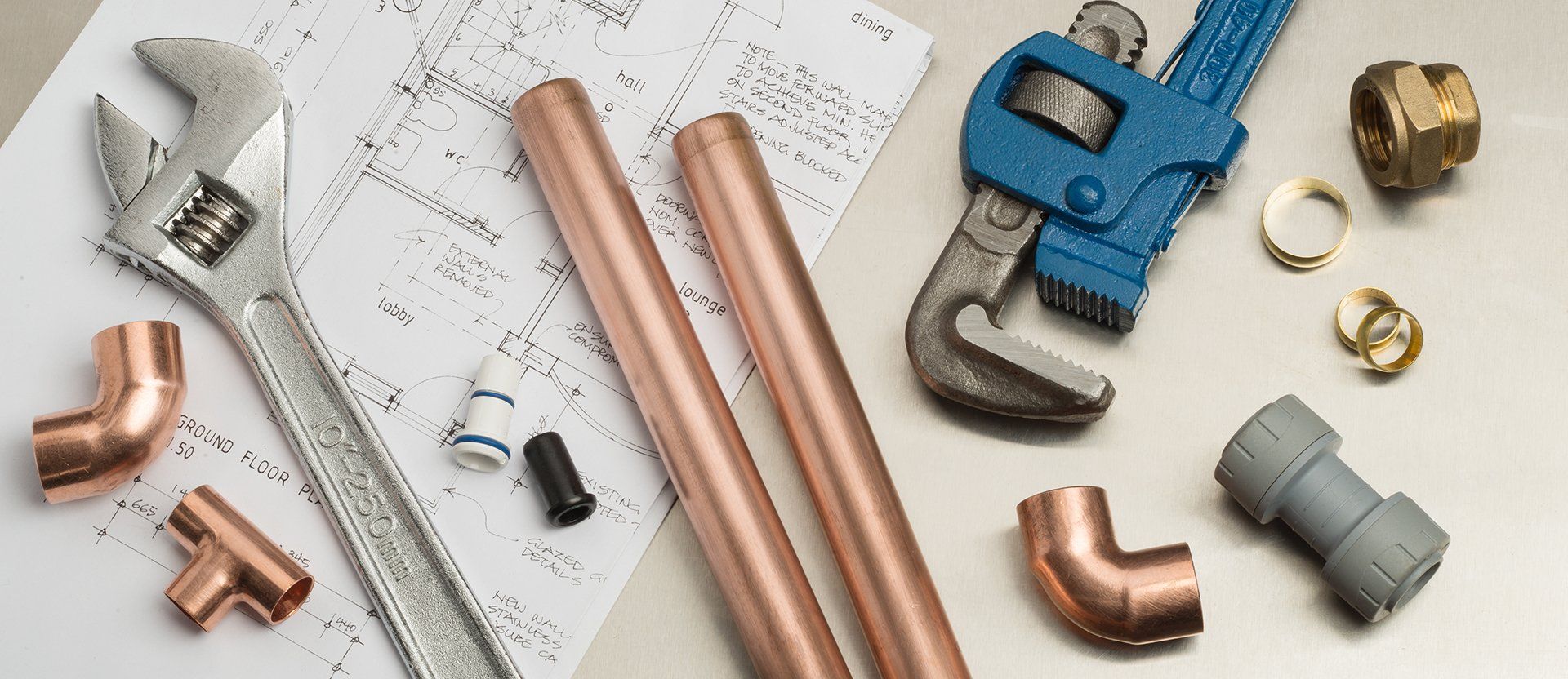New Residential or Commercial Construction Projects

Plumbing for new construction involves the installation of a complete plumbing system in a building that is being newly constructed. Proper plumbing is crucial to ensure the supply of clean water, efficient drainage, and the safe disposal of wastewater. Here are the key steps involved in plumbing for new construction:
- Design and Planning: The first step is to create a plumbing plan and design that meets the specific needs of the building. This involves determining the location of plumbing fixtures such as sinks, toilets, showers, and water heaters, as well as the layout of the pipes and drainage system.
- Water Supply Installation: Plumbers will install the main water supply line from the municipal water source or well to the building. This line will typically include shut-off valves and a water meter to measure water usage.
- Drainage System Installation: A drainage system is essential for removing wastewater and sewage from the building. Plumbers will install a network of drainpipes and vents to ensure proper drainage and prevent the buildup of sewer gases.
- Water Distribution: After the main water line is installed, plumbers will run pipes throughout the building to distribute water to various fixtures. This includes hot and cold water lines to kitchen and bathroom sinks, showers, bathtubs, toilets, and other appliances that require water.
- Fixture Installation: Plumbers will install plumbing fixtures, such as faucets, sinks, toilets, showers, bathtubs, and water heaters. Each fixture will be connected to the appropriate water supply and drain lines.
- Water Heater Installation: If the building requires a water heater, plumbers will install it and connect it to the hot water supply lines. Our team is experienced with installing tankless water heaters.
- Testing: Once the plumbing system is fully installed, it undergoes rigorous testing to check for leaks, ensure proper water pressure, and confirm that drainage is working correctly.
- Inspections: Depending on local regulations, plumbing work in new construction may require inspections from the relevant building authorities to ensure compliance with building codes and safety standards.
- Finalization: After passing all inspections and ensuring the plumbing system is in perfect working condition, the plumbing work is finalized, and the building is ready for occupancy.
It's essential to hire our licensed and experienced plumbers here at Royal Flush Plumbing for new construction projects, to ensure the plumbing system is properly designed, installed, and up to code. Proper plumbing not only ensures the comfort of occupants but also plays a vital role in maintaining the building's integrity and safety. We happily serve Pierce and King County!
